The Cham people wrote on many different materials such as carving on stone, wood, metal, paper, animal skin, bamboo and fabric. Among them, there was carving on palm leaves. The type of Cham writing on palm leaves is Akhar Thrah, which first appeared on the door of the Po Rame temple in the 17th century.
To this day, the Cham people still use it in administrative communication, land records, customary laws, literature and scriptures. As for palm leaf writing, only the clergy use it for religious purposes, rituals and ceremonies.
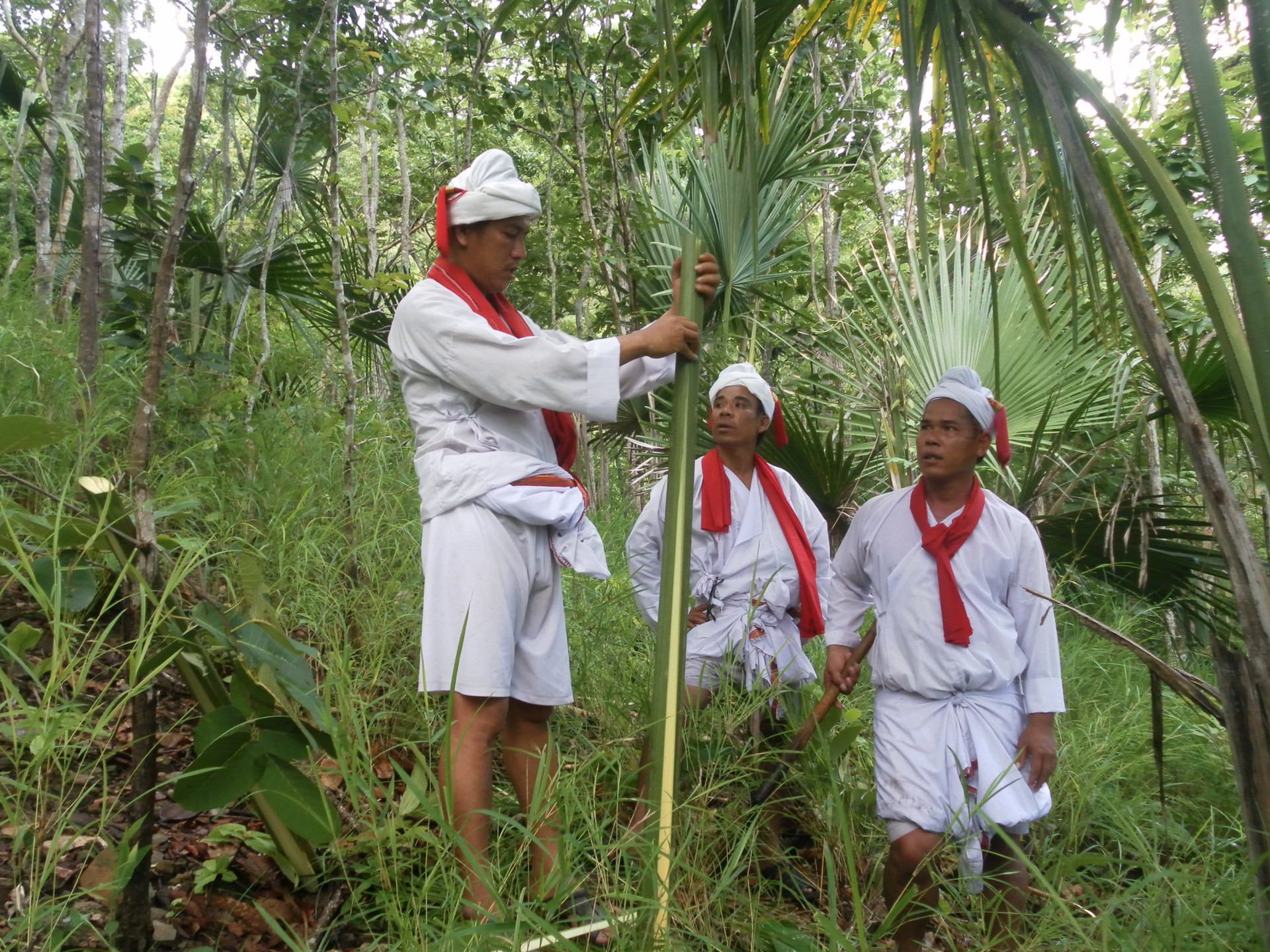
Palm leaf book heritage a rare document
Palm-leaf books in Cham are called Agal bac, preserved in Baganrac and handed over to the abbot of the temple to manage. When the abbot passes away, the scriptures are handed over to the next abbot to continue managing. The division of labor and tasks has been recognized by the community and customary law for many generations, and that tradition is still respected and strictly implemented. Currently, the Cham people's technique of writing on palm leaves has been lost, and the number of palm-leaf scriptures remaining is very small. Moreover, the bleeding of antiquities has made the Cham palm-leaf scriptures become rare documents and ancient artifacts sought after by antique collectors to buy, sell, and exchange, causing the Cham palm-leaf scriptures to disappear from the community. Faced with the above situation, the Cham palm-leaf scriptures are at risk of being lost. Therefore, researching and finding solutions to preserve the palm-leaf scriptures of the Cham people in particular and in Vietnam in general is an urgent and necessary scientific task.
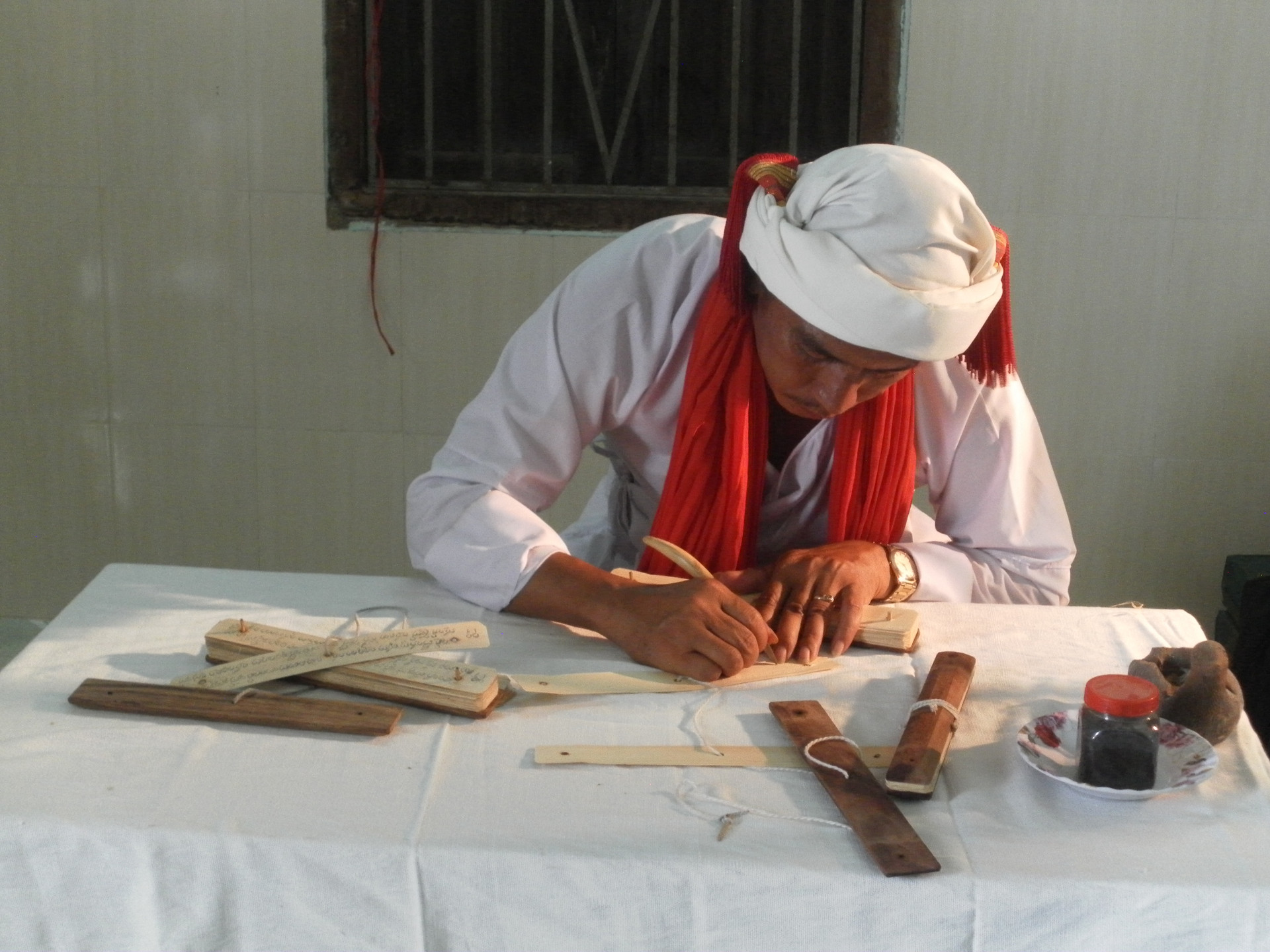
Carving on palm leaves.
The scientific name of the bhikshu leaf is Corypha lecomtei, and in Cham it is called hala Lipuel. To make bhikshu leaves, choose leaves that are not too old, not too young, cut them, bring them home to dry in the sun, and store them in the shade. Cut each leaf to the estimated size, remove the veins, and choose leaves that are even in size and balanced with each other. The leaves are pressed, splinted with two wooden bars, and tied tightly with string to make the bhikshu leaf straight, smooth, and flat. The people who make bhikshus often prepare stacks of bhikshu leaves in advance, and when they need to write, they take them out to use. The bhikshu leaves are punched with holes at both ends and a hole in the middle to thread a string to help connect each leaf tightly in a book. Each bhikshu leaf does not have a page number, so the string has the function of holding the bhikshu leaves in a fixed arrangement. Each time the bhikshu is opened, read from the first page to the last page. After that, it is folded back to its original size and the bhikshu leaf book is tied together with a string like a book.
The main content of the Cham palm-leaf books focuses mainly on the topics of beliefs and religions, instructions on how to perform rituals and advice for Basaih dignitaries. The Cham palm-leaf books have titles such as the purification of land, temples and houses (Balih tanâh), religious philosophy (Sakarai adat), the legend of Po Kuk, instructions on the ritual of blocking the water source (Pakap halau kraong), fire sacrifice (Cuh yang apuei), praying for rain and praying for rain (Paralao kasah), honoring and conferring dignitaries (Agal praong)...
Palm leaf writing technique
Engraving letters on palm leaves requires a certain skill, concentration, meticulousness and dexterity. If you are too heavy-handed, you will tear or puncture the leaf, and if you are too light-handed, the letters will not appear clearly. Engraving quickly is also not good, the engraver must hold the knife evenly, balancing each letter, tone and line. Before engraving, Cham dignitaries bathe, pray to the gods for permission to engrave letters to make a sutra to serve their religious and belief needs. The engraver often chooses a quiet, cool space to engrave each letter. According to the prepared content, the engraver sits at a table, uses a flat piece of wood to place under the palm leaves, holds a small knife, and engraves the tip of the knife into the palm leaves. The process of engraving letters, completing a leaf is like a page of invitation to stop. Just like that, until the content of a sutra is finished. When ending a content, moving to a new content, the engraver often carves a spiral to mark, ending a sentence carves two vertical lines like the punctuation mark in Vietnamese to end an idea or go to a new line.
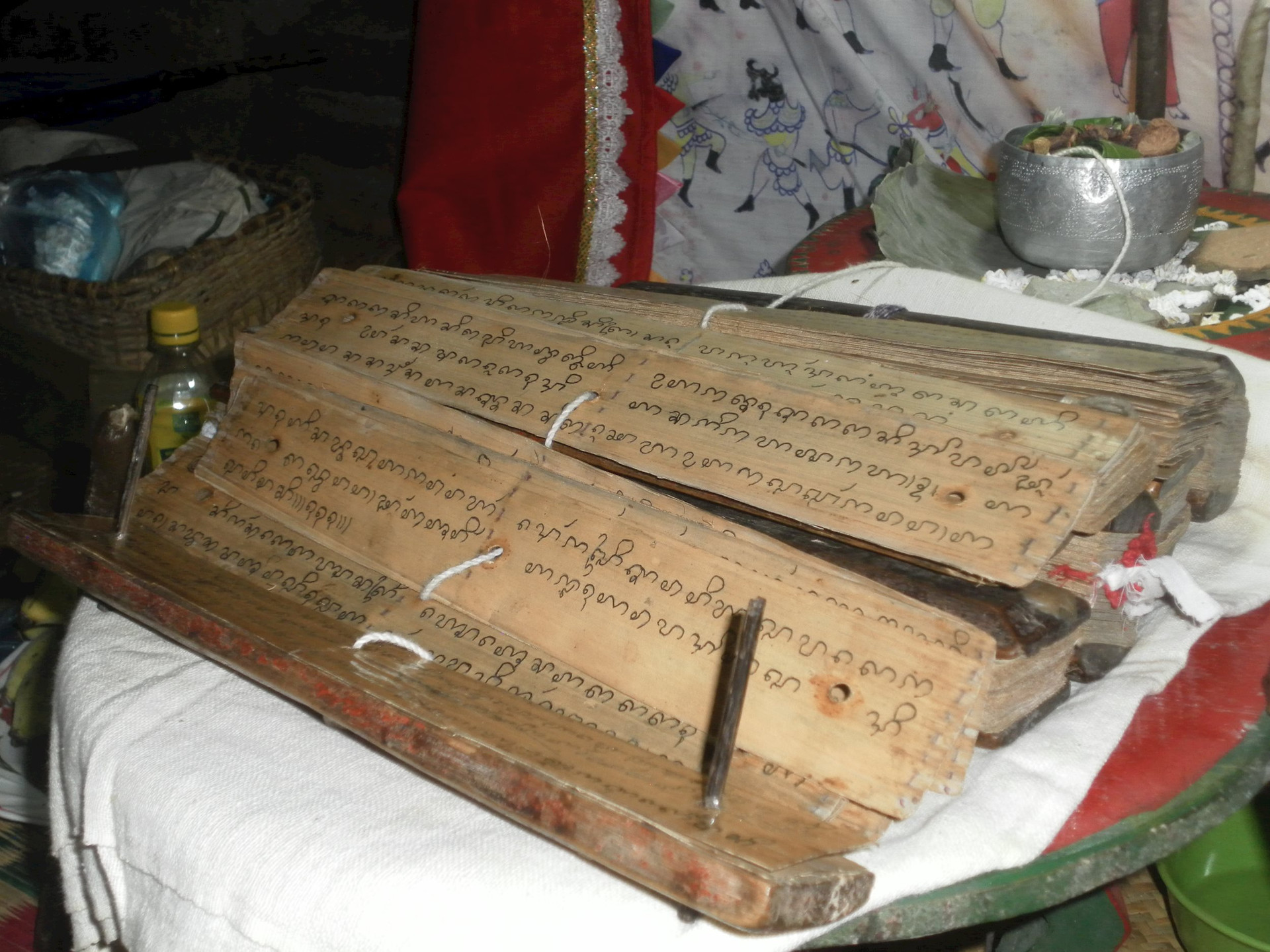
Solutions to preserve and promote the Cham people's palm-leaf book heritage
To preserve and promote the palm leaf book heritage of the Cham people in particular and in Vietnam in general, it is necessary to first conduct a survey, investigation and statistics on the number of palm leaf books currently in circulation. From there, there is a basis for digitization, helping to store and preserve the palm leaf book heritage for future generations. On the other hand, digitization is a method to save palm leaf books that are torn, damaged, termite-eaten, damaged by insects and the impact of the environment over time.

Open classes to teach palm leaf writing techniques to dignitaries, participants in rituals, museum experts, and Cham culture researchers so that they can pass them on to the people. Scientists, managers, and religious dignitaries need to cooperate in reading, translating, and publishing content recorded on palm leaves. Firstly, to serve as documents for ritual dignitaries. Secondly, to promote the historical and cultural value of palm leaf books that were crafted hundreds of years ago. Thirdly, to raise public awareness in preserving the Cham language and writing heritage. The solution of publishing palm leaf scriptures solves the shortage of ritual scriptures among religious dignitaries. On the other hand, it preserves the knowledge and memories of humanity from hundreds of years ago for today's and future generations.
The Akhar Thrah script used to write on palm leaves is commonly used in the Cham community. However, the technique of writing on palm leaves has been lost. The Cham people cannot produce palm leaf scriptures like in the past. Therefore, adopting the technique of making palm leaf scriptures from the Khmer people today is the right way to revive the Cham writing technique on palm leaves. Because the two ethnic groups are both influenced by Indian civilization and have the common characteristic of using palm leaves to record prayers and ceremonies to serve their beliefs and religions. Palm leaf scriptures are not only rare documents but also considered sacred assets of the Cham community.
Source












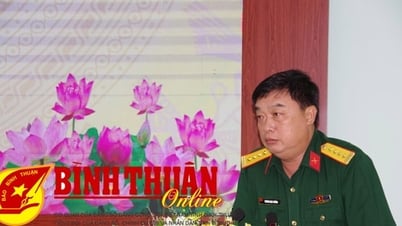
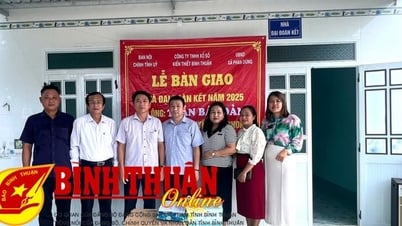





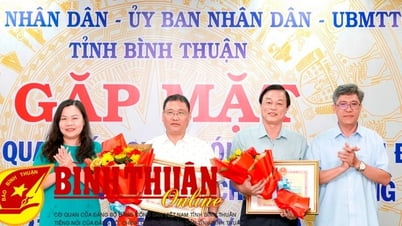

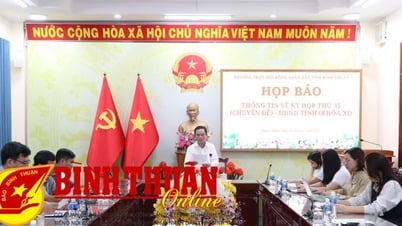

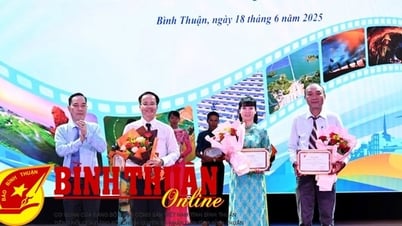
![[Photo] Central Propaganda and Mass Mobilization Department meets with exemplary journalists](https://vphoto.vietnam.vn/thumb/1200x675/vietnam/resource/IMAGE/2025/6/21/9509840458074c03a5831541450d39f8)




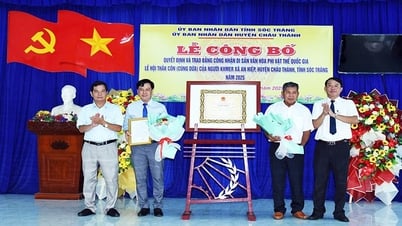










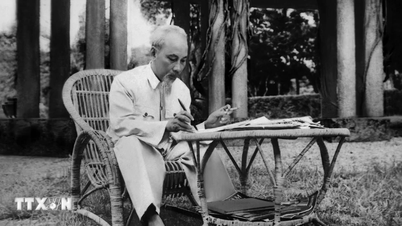










![[Maritime News] Wan Hai Lines invests $150 million to buy 48,000 containers](https://vphoto.vietnam.vn/thumb/402x226/vietnam/resource/IMAGE/2025/6/20/c945a62aff624b4bb5c25e67e9bcc1cb)



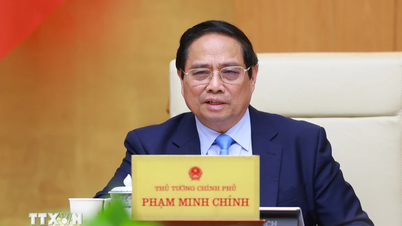










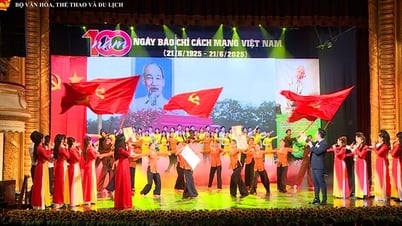




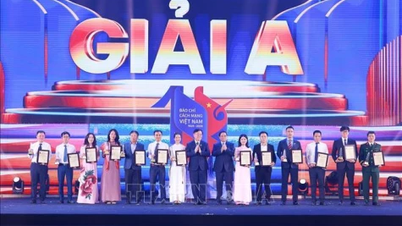



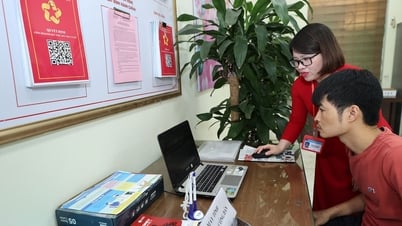

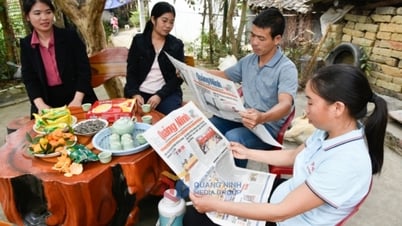

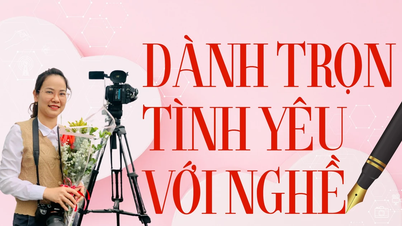










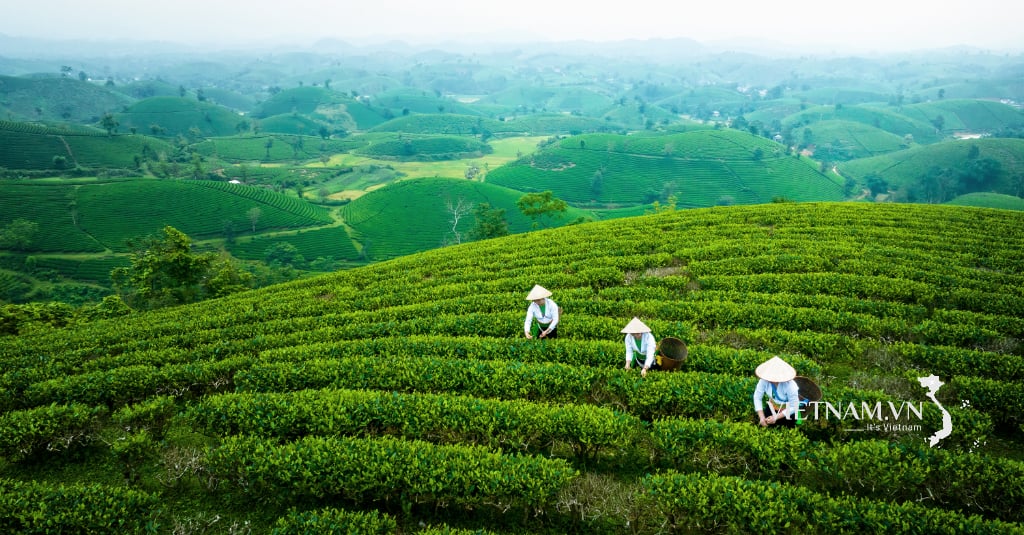

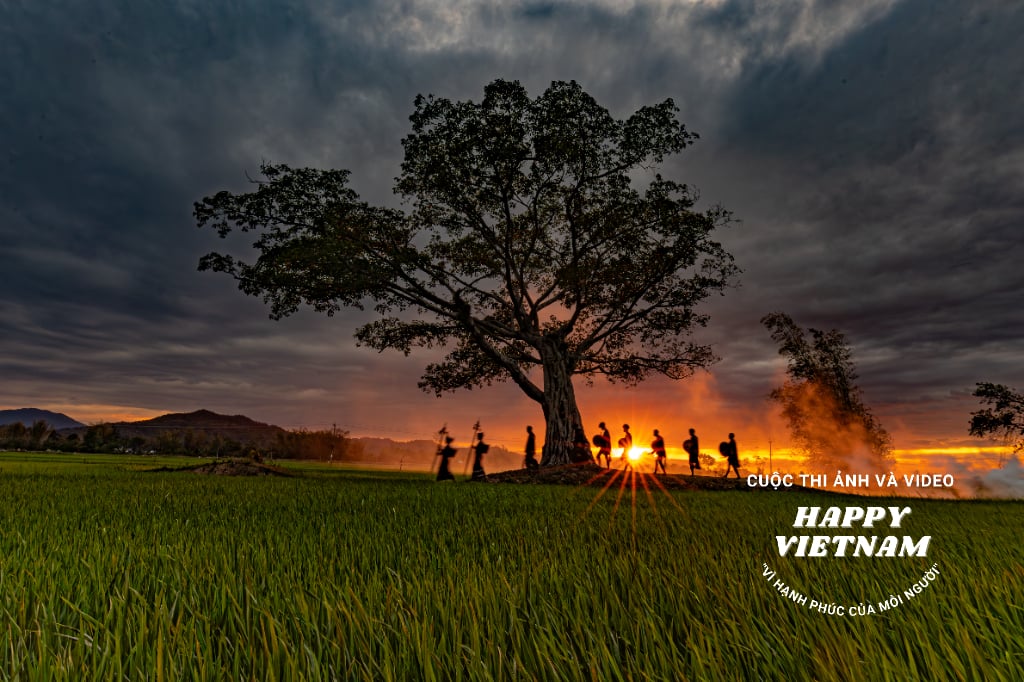
Comment (0)